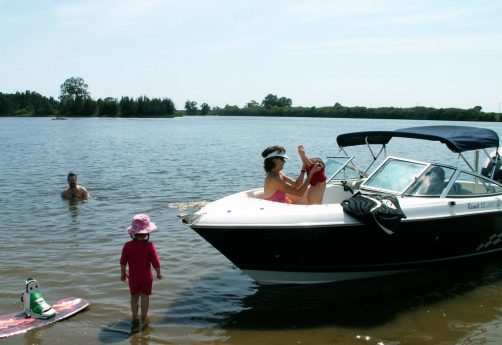
To Blog or not To Blog – that is the question – Part l
Is there any other way to go about it? Will anyone do this for me? (3 minute read)
Step 1 – The issue
How do you engage teenagers in the acquisition of character virtues? I have been mulling this over. For example – Respect. We all want it, but what does it look like? If someone is being respectful, you might feel a nice warm feeling, or you may feel neutral – because you expect respect and thus in its presence your mind focuses on other things.
However, if someone is not showing you respect, you feel a multitude of strong emotions – anger, frustration, humiliation, shame. Respect is so important: respect for each other, for nature, property, laws, etc. When respect is present, life is peaceful and individuals, society, and even the planet, can flourish.
Nevertheless, respect is rarely formally taught, and if it is mentioned, it is often in a negative way. “Show some respect,” yells a parent in frustration, when emotions are running high. We are told to respect people in authority, public figures and our elders; even though in some cases those people may be engaged in dubious or downright illegal practices. This is the dark side of respect, giving the word poor connotations.
Of course, wonderful examples of respect abound. But nowadays these are rarely highlighted by the press or appear in movies or television shows. In fact, it is mainly disrespect which is discussed in everyday conversations and receives media attention.
Step 2 – The solution – someone else take care of it
Unfortunately, character virtues such as respect, humility and orderliness; may sound boring and old-fashioned to young people. A little while ago, I was having a chat with an 11-year-old girl about her teacher. She liked him a lot, but he had developed a really boring and disengaging habit – he kept talking about ‘respect.’
“Every day it’s the same, he talks about respect, respect. I am so sick of hearing about it,” she told me.
“What is he saying about it?” I enquired.
“Oh, I don’t know,” she said in an exasperated tone.
“Well, what is respect?” I persisted. “What does it mean?”
“I have no idea,” she replied emphatically. “When he starts talking about it, I just zone out.”
Nonetheless, the obvious (to me) port of call to formally teach respect seemed to be a partnership between schools and parents. A simple enquiry to Ms Google had revealed a wealth of literature showing the real-life benefits of teaching character virtues within existing school curricula. This wheel has already been invented and tested – and it works like a dream. Nevertheless, even in the face of such evidence, nobody I spoke to was willing and able to give it a try. I had knocked on every door I could think of to have the idea considered in our local school system. I realised I had no option but to take the matter into my own hands.
“A resourceful person can see opportunity when others see only obstacles.”
Garrett Gunderson


